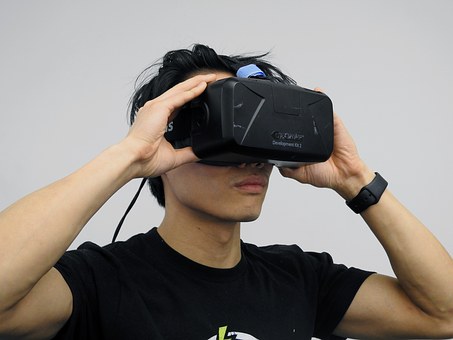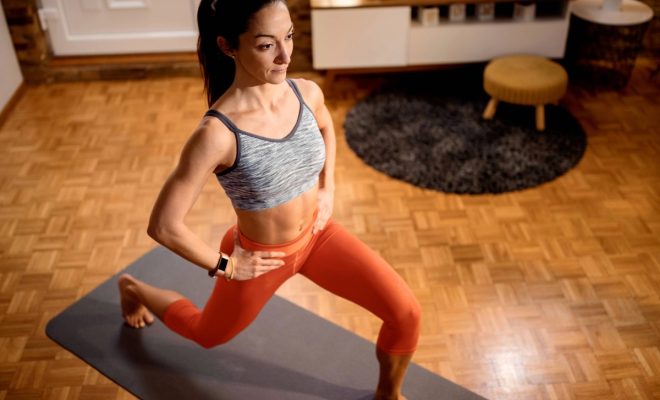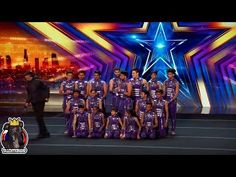Using Virtual Reality and Augmented Reality to Amplify Student Storytelling

Virtual reality and augmented reality are two of the hottest trends in the classroom, but if you ask most educators about leveraging it in the classroom, they don’t have a clue. The truth is, there are a variety of ways that you can use virtual reality and augmented reality in the classroom to boost student achievement. All you need to have is a basic understanding of virtual reality and augmented reality how they can be used in the classroom.
In this article, I will discuss how teachers can use virtual reality and augmented reality to amplify student storytelling. Why storytelling? Because it creates a perfect opportunity for students to express their personalities and creativity.
- Allow students to create their own stories using virtual reality software. There are plenty of apps that give students the ability to create their own stories in virtual reality. Students can experience the thrill of writing their own stories and creating a visual background for it in virtual reality. Students can present their creations to the class in virtual reality, and even invite their parents.
- Allow students to reimagine existing stories. Give students the opportunity to bring their favorite books to class and reimagine parts of the story or the entire story. For instance, they can create an alternative ending to Jack and the Beanstalk and retell their version in virtual reality, by creating a short cartoon.
- Students can use augmented reality for storytelling. Carlon books have published some books that are already integrated with AR technology. Students simply need a smartphone, and they can bring the pages of textbooks to life through storytelling. Numerous companies are publishing books encoded with AR possibilities. For educators, premade resources, such as these, take away the stress of being involved with the technological aspect of lesson planning, while still giving students a novel way to create a storytelling experience using their favorite book.
- Allow students to create stories in groups or pairs. For all of the individual activities that we mentioned, you can always allow students to work in groups or pairs. That way, students can create a richer storytelling experience by using the collective creativity of the group.
Did I miss anything?




